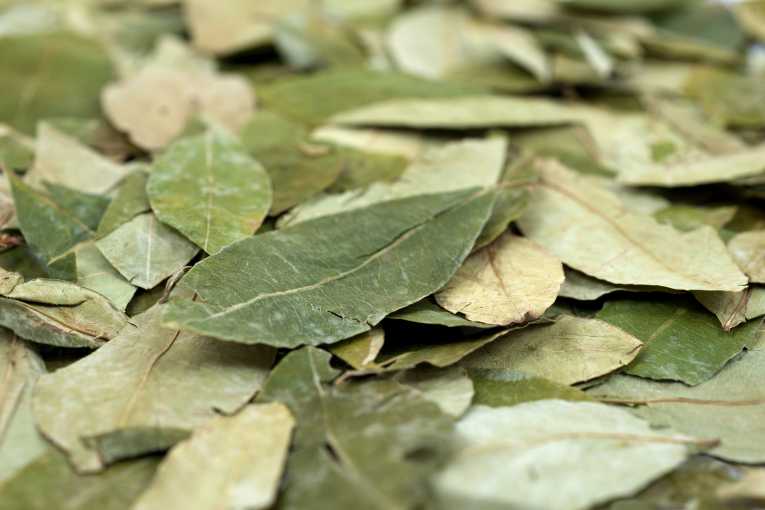Although by South American standards Columbia is a relatively small country, it is the second most biologically diverse country the world being home to about 10 percent of the world's species.
More than 1,821 species of birds, 623 species of amphibians, 467 species of mammals, 518 species of reptiles and 3,200 species of fish are found, mainly in the country's vast tracts of tropical forest.
Colombia also has a mind-boggling 51,220 species of plants, many of which are used or are destined to be used as the basis for medicines.
Just over 50% of the country is covered by forest, but bit by bit Colombia's rainforests are gradually being destroyed.
The traditional reasons for the destruction of the tropical rainforests has been encroachment as a result of population growth or a need for more agricultural land, but scientists from Stony Brook University in New York State are reporting that in spite of a slowdown in population growth and a shift in the economy from agriculture to other revenue sources, the pace of Colombia's deforestation has accelerated over the past 20 years.
This speeding of the destruction of the forest is threatening the plant and animal diversity of the whole region. Writing in the journal Environmental Science & Technology, the scientists call for the establishment of larger protected areas to help preserve biodiversity.
Research led by Professor Liliana Davalos of Stony Brook's Department of Ecology and Evolution has indicated that the real reason is an increase in the cultivation of coca bushes, the source of cocaine. Scientists point out that the country accounts for about 75% of the world's coca crop and that the increase in deforestation overlapped with an increase in the cultivation of coca for cocaine production.
Earlier reports were that deforestation from coca was surprisingly small with as little as 150 km2 of forests replaced by coca each year, but later studies suggested that coca cultivation indirectly contributed to deforestation so the scientists set out to further document this impact.
They looked at the effects of coca cultivation on deforestation of Columbian rainforests by analysing the data from 2002 to 2007.They identified several factors that boosted the likelihood of the destruction of rainforests. In southern Colombia, for instance, a forest area that was close to some newly developed coca farms was likely to be cut down, as were land areas where much of the farmland was devoted to coca production.
This was the first time the indirect impact on deforestation from cultivation destined for the global cocaine market has been quantified across the biodiversityy hotspots of South America.
Stony Brook University scientists take such a serious view of this issue that they strongly recommend that designated protected areas should be established. These would be regions that are set aside for special protection due to environmental reasons. As a result forest destruction would be reduced in areas where coca is grown.
It is essential to help control deforestation and preserve biodiversity and the establishment of larger protected areas is vital to the region.










